

Set fifteen years after Ridley Scott’s original film, Alien: Isolation sees you playing as Amanda Ripley, daughter of Ellen. She’s an engineer for megacorporation Weyland-Yutani, and embarks on a journey to the space station Sevastopol when she learns that the flight recorder for her mother’s lost ship, the Nostromo, is being held there—a potential clue to her whereabouts. But it’s clear from the moment she arrives on the ruined and mysteriously abandoned space-city that something has gone horribly wrong.
Sevastopol is a labyrinthine warren of corridors, vents, and tunnels. It’s in the process of being decommissioned, and is in a severe state of disrepair. Lights flicker, automatic doors malfunction, tangles of cable drip from maintenance panels, and steam spews from broken pipes. Occasionally the tight spaces open up into larger areas, but most of the game is spent in the claustrophobic confines of its twisting, metal bowels.
It’s the most visually striking game world since Deus Ex: Human Revolution.
But while we’ve explored environments like this before in games like System Shock and Dead Space, it’s the art design that sets Isolation apart. Resisting the urge to create a fashionable, contemporary vision of the future, with floating holograms, shiny surfaces, and smooth curves, The Creative Assembly have instead looked to the production design of the original film for inspiration. They’ve built their world as Scott and his special effects team would have in 1979, using only technology from the period.
The chunky keyboards, phone receivers, distorted CRT monitors, and blinking coloured lights should look dated, but it has quite the opposite effect. This is a tactile, practical, and convincing science-fiction world, with machines and environments that are functional and utilitarian, rather than overtly futuristic. You almost feel like you can reach out and touch it. As a result, in terms of consistency, vision, and thoughtful design, it’s the most visually striking game world since Deus Ex: Human Revolution.
But a sci-fi corridor, no matter how pretty it is, isn’t much without something horrifying to chase you down it. So it’s a good thing that Isolation is the first game—and it’s amazing it’s taken this long—to make H.R. Giger’s alien every bit as formidable and intimidating as it is in the films. In Alien, Ripley asks Ash how they can kill the creature that burst from Kane’s chest aboard the Nostromo, and he replies, gravely, “You can’t.” This, unlike the dumb drones you blasted your way through in Colonial Marines, is also true of Sevastopol’s alien. It’s a merciless, unstoppable force. “A perfect organism.”
You can shoot it, but it’ll just get angry and pounce at you. You can burn it, but that’ll only scare it away for a few seconds. Isolation’s magic lies in the fact that you have to outsmart its single alien rather than kill it. This turns what could have easily been yet another FPS with xenomorphs into a thrilling, drawn-out game of cat-and-mouse with the scariest cat imaginable. It’s a deft blend of stealth and survival horror that, thanks to dynamic AI and clever, systemic design, is much more than the sum of its parts.
You'll know when the alien is near. As you creep through the station, you hear it above and below you, behind the walls, under the floor. You're relatively safe when it's hidden away like this, but you never know what vent, crack, or hole in the ceiling it'll suddenly emerge from. It arrives with a beastly hiss—a sound that becomes your cue to hide or run. Then you hear the pounding of its footsteps as it wanders the corridors, hunting for its prey. It's a massive, heavy thing that towers over Ripley, and if it sees her it lunges with a shriek, killing her instantly in a grisly, cinematic death sequence.
The alien is an almost constant threat, but there are other dangers on Sevastopol. Malfunctioning androids called Working Joes wander the station, brutally killing any humans they come across. Their rubbery, emotionless faces and glowing eyes are genuinely unnerving, and sneaking through groups of them is as nerve-racking as facing the alien. Get too close and they'll grab you, draining your health until you manage to break free. You can kill them, but they take a lot of resources to bring down, making stealth the best option. They're a lot slower than the alien, but every bit as deadly.
Then there are other survivors. You'll run into them less often than the alien and the synthetics, and they're a lot easier to kill, but they usually work in groups. They won't shoot on sight, and will give you a few seconds to back away if you wander into their territory, but it doesn't take much to send them into a frenzy of gunfire. Luckily, if they shoot at you, the noise will attract the alien and it'll kill them all. This is often the best way to get past human enemies: provoke them, then wait for the bloodbath.
Whichever enemy you're up against, sneaking is always the key to survival. You'll pick up a shotgun, a revolver, and a few other weapons as you progress through the station, but they're more of a curse than a blessing. For one, they're only really effective against humans. It takes a dozen headshots with the revolver to drop a Working Joe, and the alien is essentially bulletproof. But the biggest problem is that, the instant you fire any weapon, the alien will come rushing to your location and slaughter you. The motion tracker, a series staple, will give you a rough idea of where enemies are, but they'll be drawn to its bleeps if you're too close. I didn't use it as much as I thought I would.
The good news is that Sevastopol isn't short of places to hide. There are lockers and cabinets to cower in, vents to escape through, and desks to crouch under. Any noise, from sprinting to knocking a chair over, will give your position away, so you'll spend much of the game creeping silently and methodically between objectives. This might sound dull on paper, but the presence of the alien makes almost every moment exhilaratingly tense. After getting through one particularly long, difficult section, my palms were sweating and I had to go for a lie down. This is not a game you want to play just before bed.
The audio design is just as accomplished as the visuals, using many familiar effects from the film, like the metal scrape of vent covers opening and the electronic chatter of the computers. But it's also a vital part of the stealth, and I advise playing with a good pair of headphones or surround sound. You can actually track the movement of the alien by hearing alone, gauging its distance and position by the muffled thud of its footsteps. I'd become so familiar with one area of the station that I knew exactly where it was just by the sound of nearby automatic doors opening and closing as it moved past them.
Encounters with the alien are not scripted. Its behaviour is unpredictable, and the impressive, reactive AI creates the illusion that it's an intelligent creature. You really feel like you're being hunted as it moves from room to room, tracking your movements, sniffing you out. I was crouching under a table directly facing a door leading to a hallway, which the alien was walking down. As it passed, the door opened, and I was directly in its line of sight, but it kept moving. I crawled out, thinking I hadn't been spotted, but then it burst into the room and grabbed me. Whether this was the AI tricking me, or just a random occurrence, it doesn't matter, because it felt like the former.
But as smart as it is, there are ways to exploit and confuse it. Faced with a group of looters blocking an exit, I consider my options. I can shoot them, but then I'd attract the alien. I could toss a Molotov, but I don't have the materials to craft one. But I do have a noisemaker: a device that emits loud, garbled electronic squeals. I hurl it in their direction, then I hear the hiss of the alien dropping out of a vent above them. It's a massacre. Once it's crawled back into its hole, I stroll to the exit, stepping over their mutilated corpses. I used this method a few times, until I developed a weird Stockholm syndrome for the alien, like it was my friend, or a faithful pet. Ripley had a strangely intimate relationship with the aliens she faces in the films, and I felt the same thing happening to me in Isolation.
Ripley Junior being an engineer is as good an excuse as any to add a crafting system to the game. Raw materials litter your surroundings and can be taped together to create useful items. As well as the noisemakers and Molotovs, you can make smoke bombs, EMP mines for disabling synthetics, and blinding flashbangs. The effects of these are all temporary, but if you stun an android with a mine, you can whack it over the head with your wrench for an easy kill. Flares can be tossed to lure the alien, and if you toast it with your flamethrower it'll scream and run away—but not for long. Combining items and weapons in interesting ways, and playing with the enemy AI, gives the game a lot of unexpected depth, and kept it interesting for the entirety of the 25 hours it took me to finish it.
It's ultimately the journey and the moment-to-moment experiences that define the game, not the overall narrative.
Yeah, that's right: twenty-five hours. This is a long game, but it never outstays its welcome. This is down to the pacing, which is pretty much perfect. It's constantly switching things up so you don't feel yourself slipping into a routine. In one level you might lose the use of your motion tracker. In another, the alien won't be around so you can merrily shotgun androids like it's Doom 3. Then your weapons will be taken away, forcing you to make smart use of your gadgets. It does this all the way through, forcing you to adapt and readapt to different circumstances, using all the tools at your disposal.
As you move through Sevastopol you'll notice blocked-off areas, locked doors, and rooms filled with poison gas. Tools unlocked as you play through the story, like an ion torch that lets you cut through metal, and a gas mask, give you a chance to return to these areas later in the game—but only if you want to. The backtracking is largely optional, but Alien fans will definitely want to, as the rewards include audio logs from the Nostromo, some of which are read by the original cast. Doing this added a good few hours to my final playtime, but if all you care about is the critical path, you'll probably finish it quicker.
But now for the weak link. The story is disappointing, retelling a familiar yarn we've already heard countless times in the Alien universe: sinister corporations, murderous androids, rogue AI, and others I can't talk about because of spoilers. The good thing about this is that it lets you relive classic Alien moments and experience them from a more visceral perspective. The bad is that it feels derivative, never taking the opportunity to make its own mark on the mythology. There's a level the developers asked me not to mention to keep it a surprise—which I won't, obviously—but any Alien fan will see it coming a mile away.
CPU: Intel Core i5 3.4GHZ
Memory: 16GB RAM
GPU: Radeon HD 7800
Install size: 35GB
Flat voice acting and insubstantial characters only add to the disappointment. There are moments where your allies are in peril, but I knew so little about them that I found it hard to care. The only time I felt any real emotional resonance from the story was a powerful moment that relates directly to the film. But I can't talk about it, so you'll just have to see for yourself. Really, though, the story is just a means of getting you from place to place, and in that sense it doesn't matter that it's lightweight. It's ultimately the journey and the moment-to-moment experiences that define the game, not the overall narrative.
They've done an excellent job with the PC version. On ultra settings at 1080p, the game runs at a solid 60 frames on my fairly decent 2GB GPU at work, and loiters somewhere around 30-40 on the relatively ancient 1GB card in my home PC. The geometry of the levels is pretty simple when you look at it closely—especially with all that lo-fi retro tech—but it's the beautiful volumetric lighting and smoke, detailed levels filled with clutter, and bold visual design that give it its fidelity. Sevastopol is a stunningly atmospheric space, and the alien looks brilliantly sinister and organic as it skulks through the shadows. A noise filter, which can be disabled, adds the grainy texture of a '70s sci-fi film.
It's ridiculous that it took the developers of a historical RTS to finally create an authentic Alien game, but The Creative Assembly have managed it. They've succeeded where countless others have failed by treating Giger's monster with the reverence it deserves: as something to be feared and respected, not faced head-on with a pulse rifle. Isolation is a taut, confident, and electrifying horror game that perfectly captures the essence of Ridley Scott's legendary film. I just wish they'd been braver with the story.
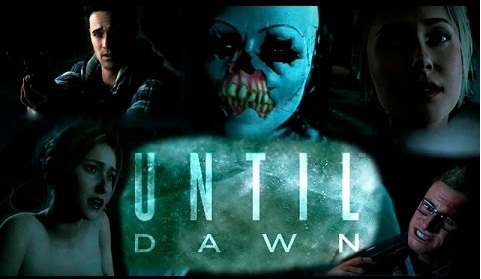
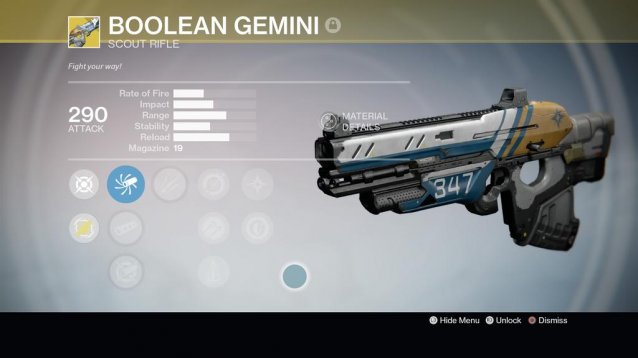
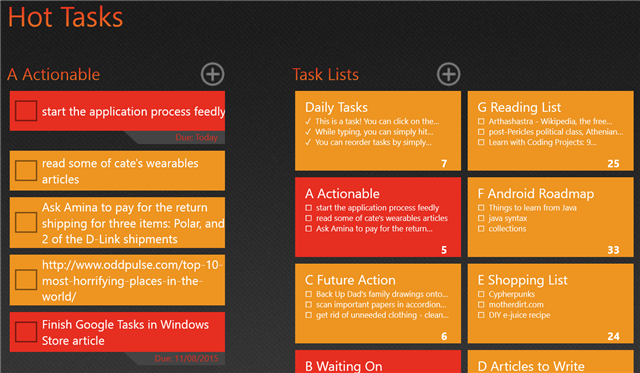
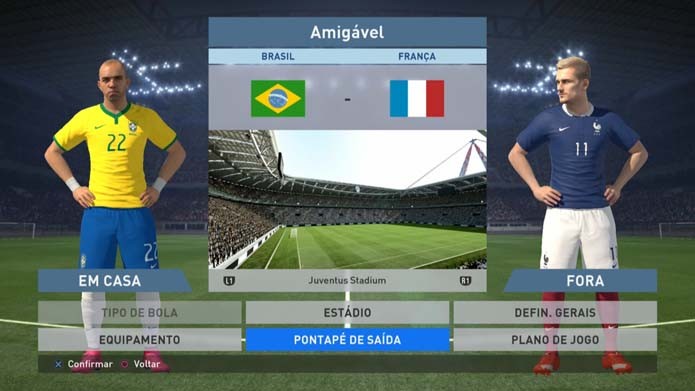
 Besieges Most Creative Creations Will Make You Laugh
Besieges Most Creative Creations Will Make You Laugh 4 Reasons Why You Shouldn't Buy a DSLR Camera This Christmas
4 Reasons Why You Shouldn't Buy a DSLR Camera This Christmas Pillars of Eternity: Anslogs Compass - quest guide
Pillars of Eternity: Anslogs Compass - quest guide Neill Blomkamp - Alien: New film has its Director
Neill Blomkamp - Alien: New film has its Director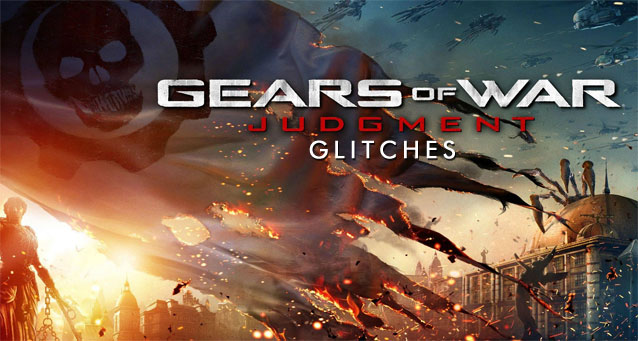 Gears of War: Judgment Glitches Guide
Gears of War: Judgment Glitches Guide